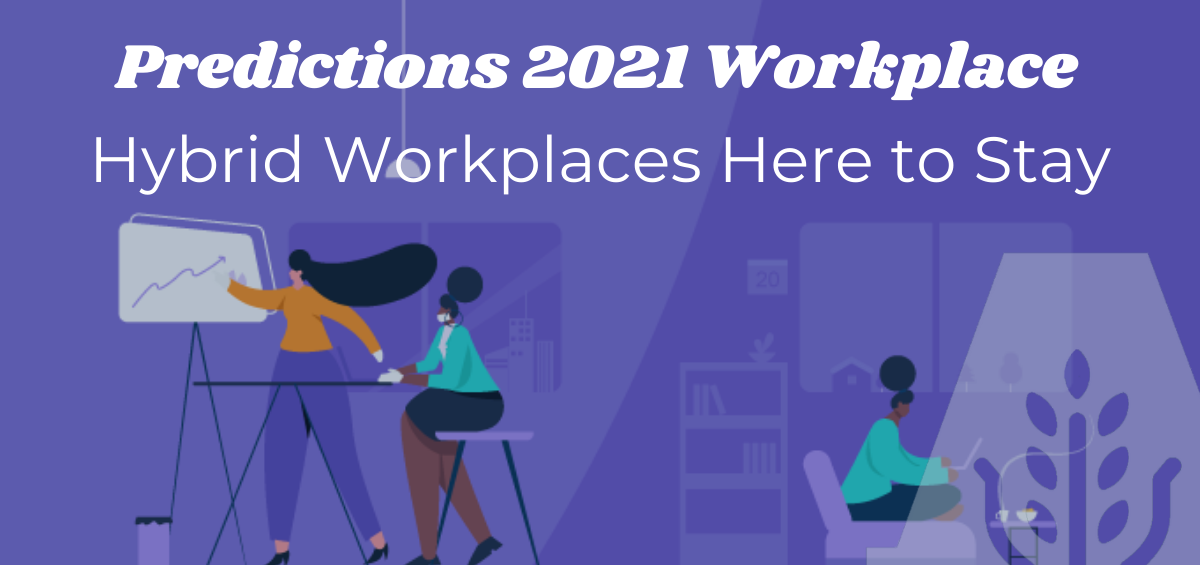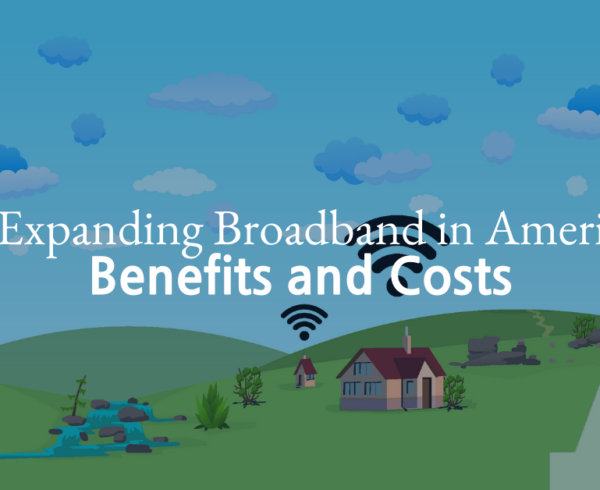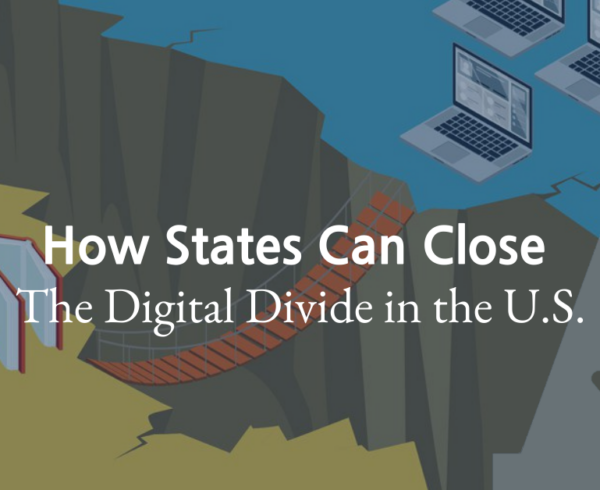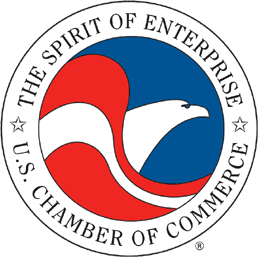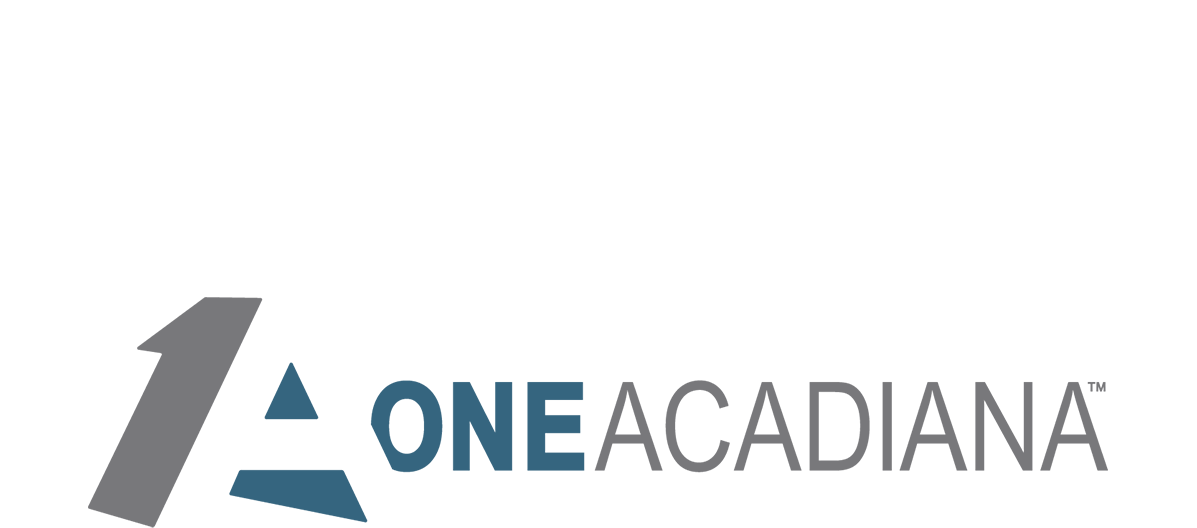Article written by Pete DeBellis for Deloitte.
Before 2020’s global pandemic, the majority of workers across the world performed nearly all their work at an employer-provided workplace. That model was upended as millions of workers were advised-and in some cases, required-to redefine the spaces in which work gets done. So began what many are calling the largest remote work experiment of all time. The results are clear: more workers than ever thought possible can work remotely.
In 2021, Deloitte predicts organizations will continue to utilize hybrid workplaces, but whether or not companies should use remote and nontraditional work arrangements will long be debated. While there is still much research to be done on the effects of long-term remote work on worker productivity and wellbeing, the workplace has changed forever.
Three types of workplaces in the new world of work
As we enter the new year, the structure of the workplace will depend on the organization and the work to be done, worker needs and preferences, and the beliefs and behaviors of leaders and colleagues. HR will need to work with business leaders to make decisions at both the strategic and individual worker level-and help the organization navigate those changes effectively. Given the opportunities presented by this year’s challenges, it seems inevitable that the workplaces of tomorrow will lean toward “hybrid” models that include some combination of workers who:
- work onsite at an employer facility
- work remotely/offsite
- work sometimes onsite and sometimes remotely
Potential implications for workers, employers, and society vary greatly across the three types of workplaces. Specific work arrangements will vary from organization to organization, but individual decisions-while setting a precedent and a framework for the future-need to be able to evolve continuously in a new world of work. The following table offers to view, organize, and compare some of the implications across different workplaces.
Potential implications of workplaces

The potential implications of hybrid workplaces range from effects such as expense policies and worker commute times to more critical impacts such as the disruption of supply chains or even broader societal impacts such as population dispersal and other environment or community implications. Organizations should be cognizant of this range of consequences and must intentionally address challenges to organizational culture and worker engagement. Importantly, new capabilities will be required as organizations establish principles and processes to guide decisions about what work will be done in which workplaces while equipping managers and leaders with the tools and skills to enable positive worker experience across all workplaces.
Looking ahead
For most organizations, some degree of virtual work is here to stay. Organizations will be well-served to proactively manage their hybrid workplaces instead of clinging to past approaches. Managing any individual workplace type is a significant undertaking, but the nature of a hybrid workplace presents a new set of unique challenges.
To begin managing the holistic architecture of work across your organization:
- Set your future-of-work strategy. Determine the right combination of work, workplaces, and workforces critical to your future success.
- Involve workers. Communicate with workers and leverage their unique perspective as being closest to the work to develop capabilities and purposefully invest in your future workforce.
- Design inclusively. Intentionally tailor your hybrid workplaces with programs and policies, including worker wellbeing and health and safety approaches.
- Invest in the workplaces. Consider where automation and technologies may help increase workplace flexibility for segments of your workforce.
The workplace disruptions caused by the global pandemic will endure. The realization that, in many cases, workplaces can be a fluid mix of onsite, offsite, and mixed/hybrid models opens up new possibilities for each organization-as well as new challenges. By focusing on inclusion, cocreation, and the future in their workplace designs, leaders can design and uncover entirely new ways of interaction and value creation among the workforce.


